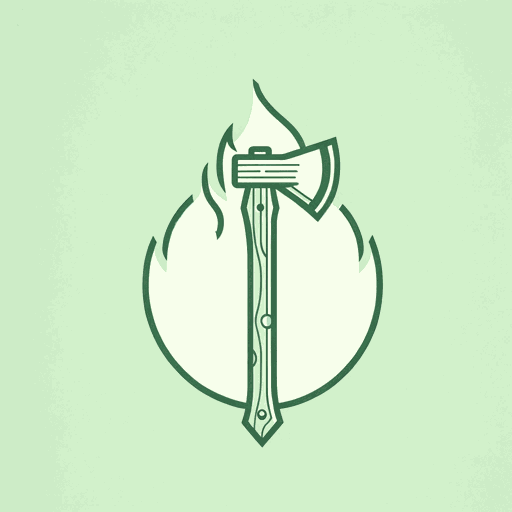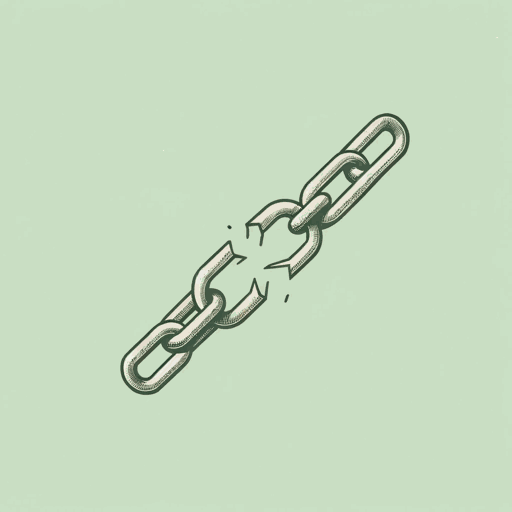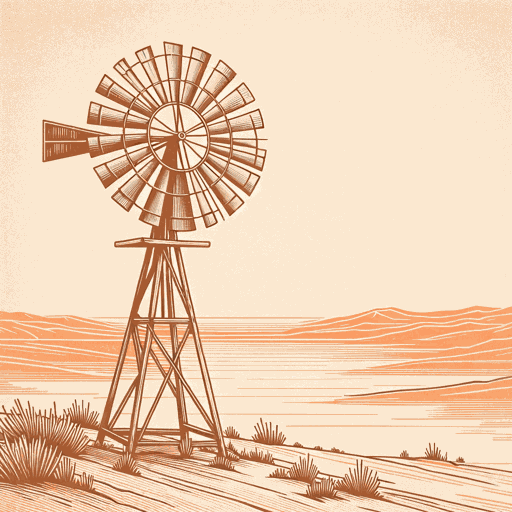52 pages • 1 hour read
Timothy EganThe Big Burn: Teddy Roosevelt and the Fire that Saved America
Nonfiction | Book | Adult | Published in 2009A modern alternative to SparkNotes and CliffsNotes, SuperSummary offers high-quality Study Guides with detailed chapter summaries and analysis of major themes, characters, and more.
Part 2, Chapters 6-8Chapter Summaries & Analyses
Part 2: “What They Lost”
Chapter 6 Summary: “Summer of Smoke”
Every morning in July 1910 Pulaski assembles a civilian firefighting crew, finds a blaze, then digs perimeters to contain it. Pulaski is a local, the most knowledgeable of the land, and the best firefighter. He does not have formal forestry training like other rangers, but he has an unparalleled practical knowledge of the woods. He shares the other rangers’ love of the pristine land “as it once was—empty, wild, unpredictable” (106). Pulaski traveled west as a teenager, through untouched country and land still free to indigenous, but “[n]ow the conveniences of early-twentieth-century America had found the isolation of Pulaski’s home” (106). Automobiles litter the streets, telephone lines clutter the sky, rivers are polluted with mine tailings, tree stumps, barrels, rusted cans, clothing scraps, and other garbage. Locals, homesteaders, and other migrants to the West consider the blunt and non-diplomatic Pulaski a local. Most of Pulaski’s life is behind him—a series of stops and starts, failures, and dead-end endeavors—he is past the age of caring what others think of him.
Dry storms occur on summer afternoons. Warm air escapes upward from valleys and heated slopes, and the sky quickly transforms from clear to ominously dark. As the hot air rises, it cools and forms thunderheads inside the clouds, where positive and negative charges collide to produce lightning.
Related Titles
By Timothy Egan





